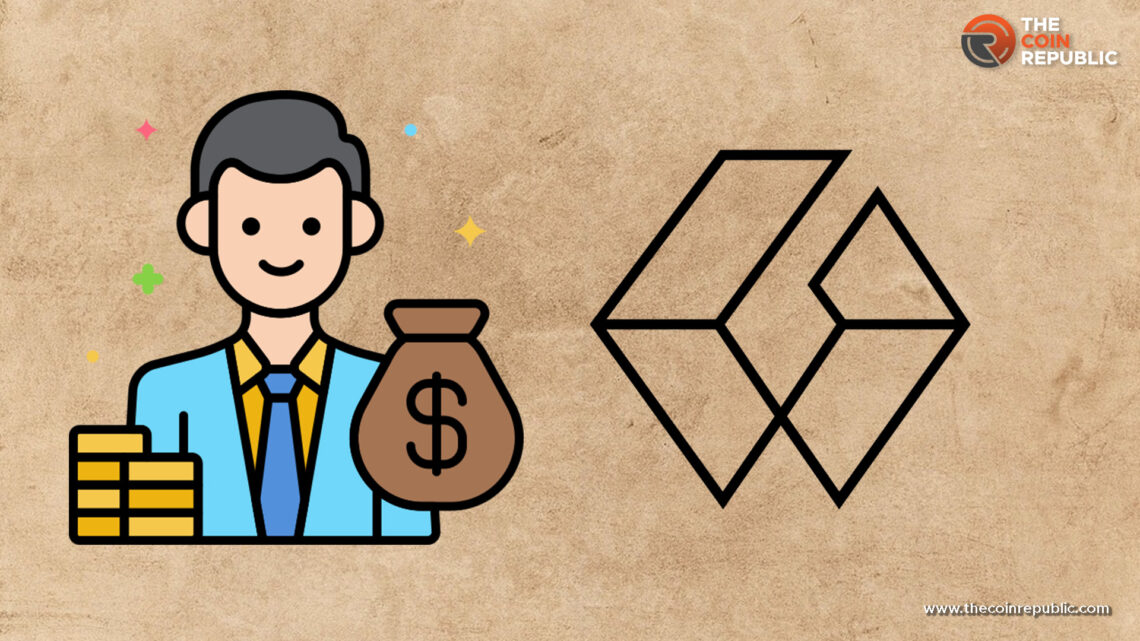- 1 Acquisition premium is paid at the time of mergers & acquisitions (M&A).
- 2 It’s not always required to pay the acquisition premium.
Acquisition premium, as the name suggests, is the premium paid on acquiring any company. To put it in simpler terms, it is the difference between the actual price paid in a merger or acquisition and the assessed market value of the company. It basically means that the excess amount paid by the acquiring company for all the identifiable assets.
Acquisition premium is also called ‘Goodwill’ and is recorded in the acquirer’s balance sheet. However, it’s not compulsory for the acquiring company to pay the premium to the company getting acquired. In some cases, the acquisition can happen at a discount.
The premium can be based on a variety of factors, such as:
- Stock price fluctuations of the target company.
- Competition in the industry.
To understand the jargon of mergers & acquisitions scenario (M&A), the company which is said to be acquired is called “Target Company” and the company which is acquiring the Target Company is called the “acquirer”.
Calculation of Acquisition Premium
To know the actual acquisition premium that is to be paid, it is crucial for the acquiring company to assess the real value to the target firm. This can be done by methods like equity valuation and enterprise value.
An easier way to calculate the payable acquisition premium is to take the difference between the “Deal Price per Share of the Target Company” (DP) and “Current Price per Share of the Target Company” (SP) and dividing the answer by the “Current Price per Share of the Target Company” :
Acquisition Premium = (DP-SP)/SP
Reasons for Acquisition Premium
Synergy
The major reason for mergers and acquisitions is building synergies among all the companies. Combined companies have more value as compared to parts of the company.
Synergies can be of two types:
- Hard synergies- Hard Synergies refer to the costs saved from the economies of scale.
- Soft Synergies- Soft Synergies refer to the increased revenues from increased prices, expanded market share and cross-selling.
Growth
Growth is the most important objective for any business. Businesses continue to strive for more and more growth. It can be in terms of revenues, market share etc. However, with time, it can be achieved naturally but a faster way to achieve this objective can be mergers & acquisitions.
Robust Market Power
In the case of an industry where there are many players in the market, it gives an edge to the combined companies to maintain the majority market share. Let’s take an example of the luxury automobile market. In 2022, Volkswagen Group had the highest market share of 279.2 Billion Euros, making them the wealthiest car company in the World. This is the combined revenue of all the companies owned by the Volkswagen Group.
Diversification
From the company’s point of view, diversification can simply be considered as an investment in other companies. This will result in extra cash inflow from those investments and ultimately reducing the variability of cash flow of the parent company.
Tax saving techniques
In some cases, it is beneficial for the acquiring company to target a company with enormous tax losses This way the acquiring company will be able to save taxes in accordance with the target company.

With a background in journalism, Ritika Sharma has worked with many reputed media firms focusing on general news such as politics and crime. She joined The Coin Republic as a reporter for crypto, and found a great passion for cryptocurrency, Web3, NFTs and other digital assets. She spends a lot of time researching and delving deeper into these concepts around the clock, and is a strong advocate for women in STEM.


 Home
Home News
News







